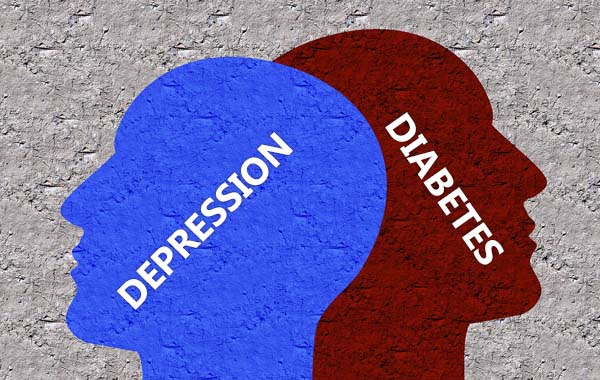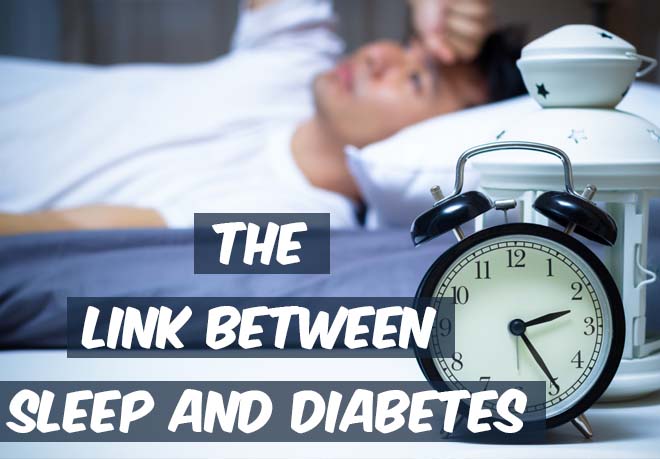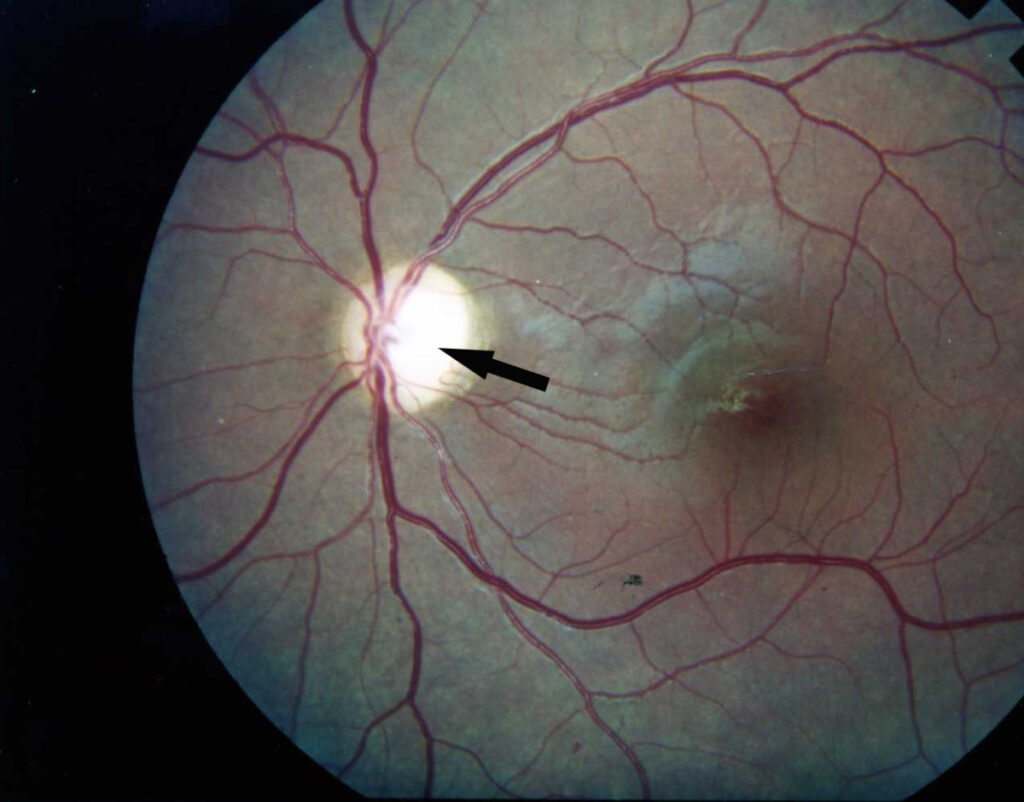Hello friends, today we shall discuss about diabetes and it’s role in depression. What’s depression about? Dealing with depression is not a social stigma. Both these diseases are global issues and around 19 million of the population of the world is suffering from these diseases. The prevalence rates of depression could be up to three to four times higher in patients with type 1 diabetes and twice as high in people with type 2 diabetes compared with the overall general population worldwide.
Depression actually means when a person is disappointed due to some reason and is sad all the time with mood swings, doesn’t want to do anything, a very laid back attitude, can binge chocolates and food in depression or not eat at all. The incidence of occurrence of depression is about three to four times higher in patients suffering from diabetes. About 12% of the Indian population is suffering from diabetes where in depression remains undiagnosed. Depression could be explained as a first episode, a recurrent or chronic episode. It could be mild, moderate or severe, with or without psychotic features.
Diabetes and depression link:
Diabetes and depression go hand in hand. People suffering from depression often land up borderline diabetes or prediabetes state.
- Managing diabetes can be stressful, monitoring factors, which can lead to depression.
- Faulty eating habits, sedentary lifestyle, lack of exercise, obesity, smoking, managing diabetes can lead to depression.
- On the other hand, depression itself lead to lack of communication, lack of interest in anything, no exercise, insomnia, irregular eating habits etc which can lead to diabetes.
Diabetes and depression are the most common causes amongst people and a serious medical condition. Depression being the 4th cause, while diabetes the 8th cause of disability adjusted life years (DALYS) in developed countries.
Image credit: thediabetescouncil.com
Physiology of Depression in Diabetes :
People suffering from diabetes reveal mood swings and emotional changes. Any alteration of blood sugar levels leads to alteration of mood swings, low feeling and irritability.
Diagnosis of Depression or depressive features in Diabetes:
Before starting my diabetes practice i have also did more than 2 plain posts (6 months each) in psychological medicine department in BMC hospital mumbai where i used to see an alternate day OPD of more than 80-100 patients under the guidance of AMO and HOD. i can still remember that my AMO was used to teach me from DSM 5 of psychological medicine book how to distinguish from depressive features or traits from Major Depressive Disorder (MDD).
Based on my experience if you want to diagnose that whether you have depressive features or not ? just ask yourself 5 questions !
- Is there a feeling of worthlessness, helplessness, hopelessness, loss of self esteem?
- Do you cry when your alone ?
- Do you feel sad or low with or without reason? ( repeated negative thoughts which affects your sleep and appetite)
- Have you lost interest in your daily activities? (e.g avoiding your relatives friends)
- Do you feel that your life is not worth living or is better to die? (there’s nothing left in this world for you / suicidal ideation)
if your answer is YES to any 3 of the above questions you may be suffering from depressive features and you should consult a expert in psychological medicine or MD psychiatrist.
Management of Depression in Diabetes :
Both diabetes and depression have the potential to cause a dangerous vicious cycle if not treated at the correct time. Constant monitoring is required to manage blood sugar, medication side effects, health care services and other related health conditions can lead to an increased risk of depression.
Treating diabetes type 1 or type 2 is of utmost importance so that diabetes complications can be well avoided. Also depression should be treated with appropriate anti depressant medication and regular counselling /psychotherapy under the guidance of expert in psychological medicine or MD psychiatrist. The patient should be made to realise the importance of improving lifestyle changes, regular exercise and timely medication. Eating healthy food is also of prior importance. Plate diet method in diabetes is very helpful in controlling diabetes. Sleeping pattern should be maintained properly.
Impact of depression on diabetes:
Depression increases the risk and accelerates the risk of diabetes and it’s complications like retinopathy, neuropathy, macrovascular diseases, gangrene etc. Many people think that both these diseases are isolated and do not have any link between them. But various studies have proven that there is a cause and effect cycle between the two diseases. Well ignoring your depression and not accepting it due to social stigma doesn’t help one much.
Let’s conclude this article, considering that how important are these 2 D’s in our lives and so well linked with each other.




